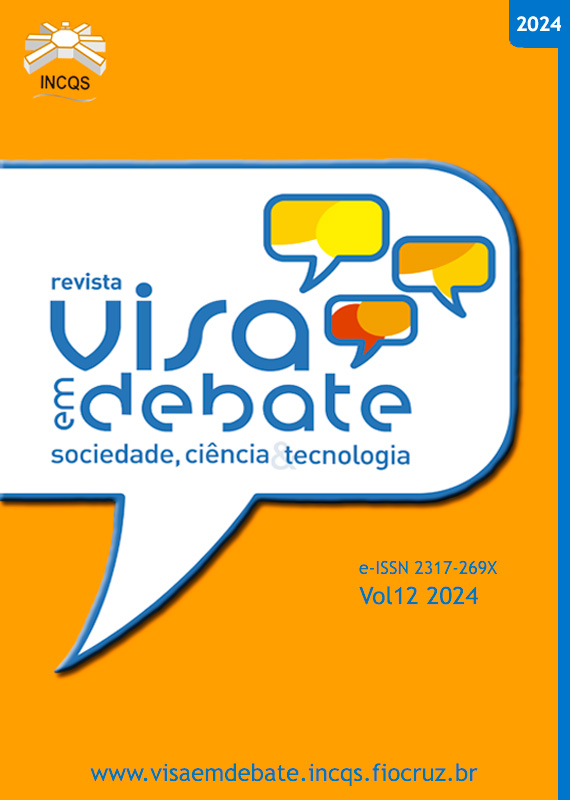Alternatives to a Health Surveillance information system: a case study of DIVISA/BA
Vigil Sanit Debate, Rio de Janeiro, 2024, v.12: e02145 Published on: 20/02/2024
DOI:
https://doi.org/10.22239/2317-269x.02145Keywords:
Health Surveillance, Health Information System, Risk managementAbstract
Introduction: In Brazil, Health Surveillance (Visa) is a subsystem of the Unified Health System (SUS), where each federated entity has responsibilities established through agreements. Therefore, data and information are fundamental to evaluate, monitor, and manage risks, identifying priorities and the impact of Visa actions. Software support allows to organize the construction of indicators that serve this purpose. Objective: To present the information systems used by the Bahia Health and Environmental Surveillance Directorate (DIVISA/BA) and discuss the alternatives used by the institution to understand, analyze and manage the health risk in its territory, identifying the gaps and overcoming strategies presented. Method: 19 Annual Management Reports (RAG) were analyzed, covering the years between 2002 and 2020. Results: Relevant findings regarding the existence and use of information systems or alternatives used to identify and manage health risk were presented in a timeline. It was observed that DIVISA/BA developed some information systems with limited objects and activities, in addition to using systems made available by Anvisa and DATASUS. Some tools were also used to monitor indicators and goals. Conclusions: Although the development of a national Visa information system is a challenge for Anvisa as national coordinator of the National Health Surveillance System (SNVS), States can organize the available information, whether through systems or alternative solutions, in order to deepen knowledge of the territory, identifying risks that guide health surveillance actions, prioritizing areas that are in fact decisive for the population’s health problems.
Downloads
Downloads
Published
Issue
Section
License
Copyright (c) 2024 Isleide Carmen Silva Costa, Gênova da Silva Carvalho, Jordana Crislayne de Lima Paiva (Autor)

This work is licensed under a Creative Commons Attribution 4.0 International License.
COPYRIGHT ALLOWANCE The author (s) hereinafter designated as the ASSIGNOR hereby assign and transfer, free of charge, the ownership of the copyrights related to this ARTICLE to the Vigilância Sanitária em Debate: Sociedade, Ciência & Tecnologia (Health Surveillance under Debate: Society, Science & Technology) – Visa em Debate, represented by FUNDAÇÃO OSWALDO CRUZ, established at Av. Brasil, nº 4365, Manguinhos, Rio de Janeiro, RJ, Brazil, CEP 21045-900, under the conditions set out below: (a) The terms and conditions set forth in this Agreement shall apply to the following: 1. The ASSIGNOR declares that they s(he) is (are) the author (s) and owner (s) of the copyrighted property of the ARTICLE submitted. 2. The ASSIGNOR declares that the ARTICLE does not infringe the copyrights and / or other property rights of third parties, that the disclosure of images (if any) has been authorized and that they s(he) assume(s) full moral and / or property liability for its content, before third parties. 3. THE ASSIGNOR assigns and transfers all copyrights relating to the ARTICLE to the ASSIGNEE, especially the rights of editing, publication, translation into another language and reproduction by any process or technique. The ASSIGNEE becomes the exclusive owner of the rights related to the ARTICLE, and any reproduction, totally or partially, is prohibited in any other means of publicity, printed or electronic, without prior written authorization from the ASSIGNEE. 4. The assignment is free and, therefore, there will be no remuneration for the use of the ARTICLE by the ASSIGNEE.







